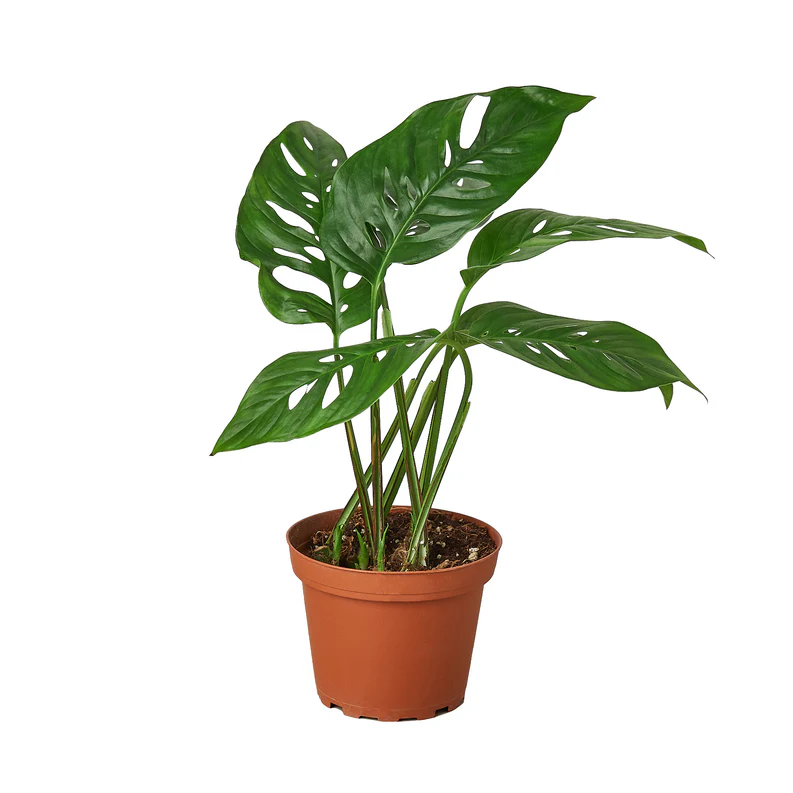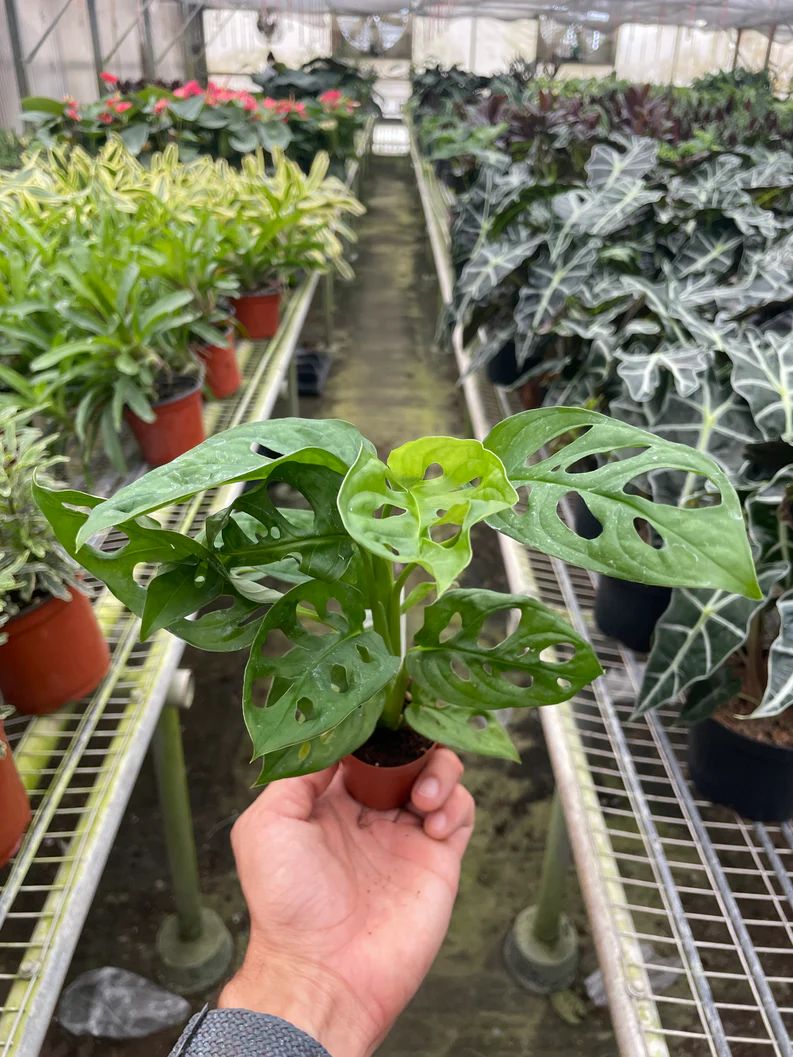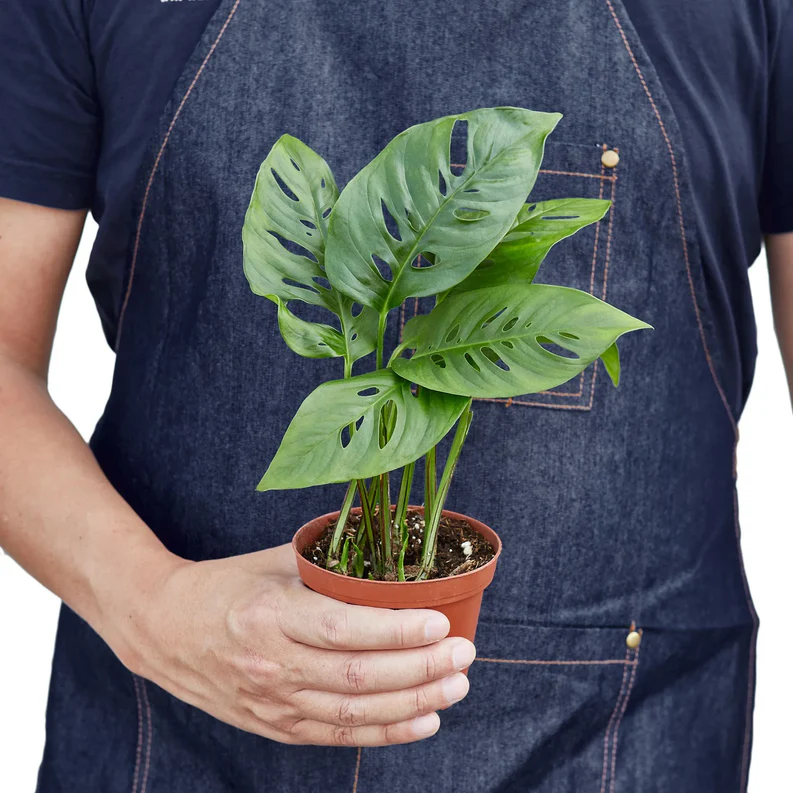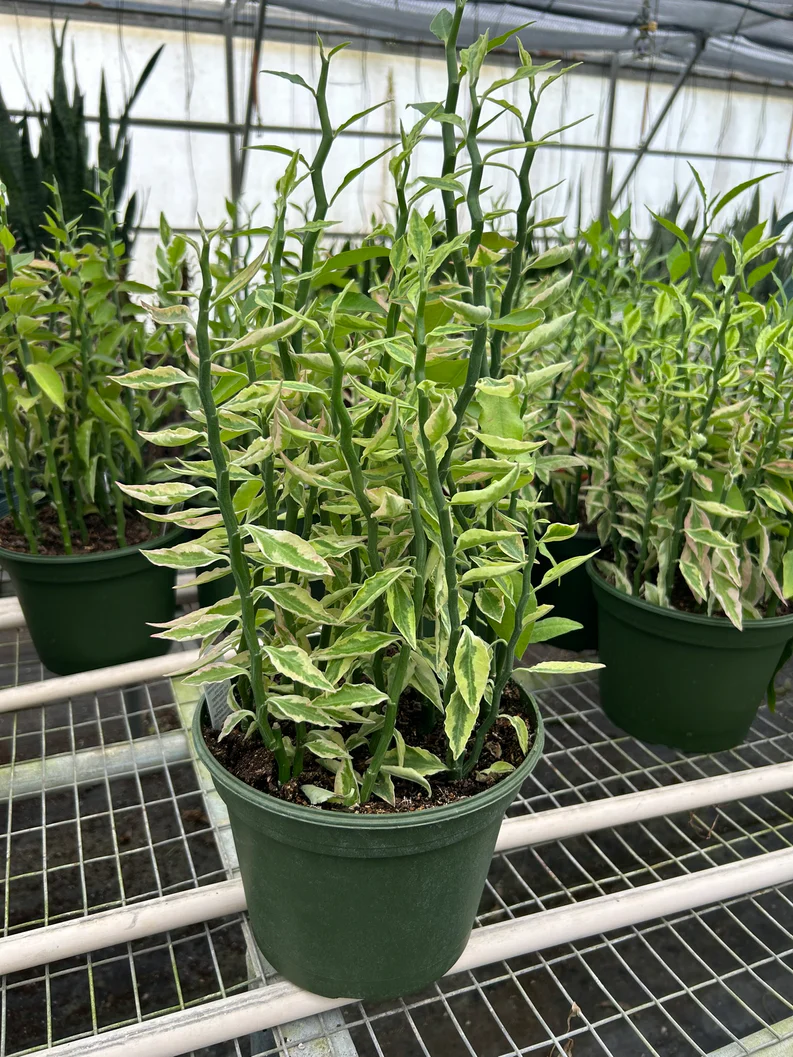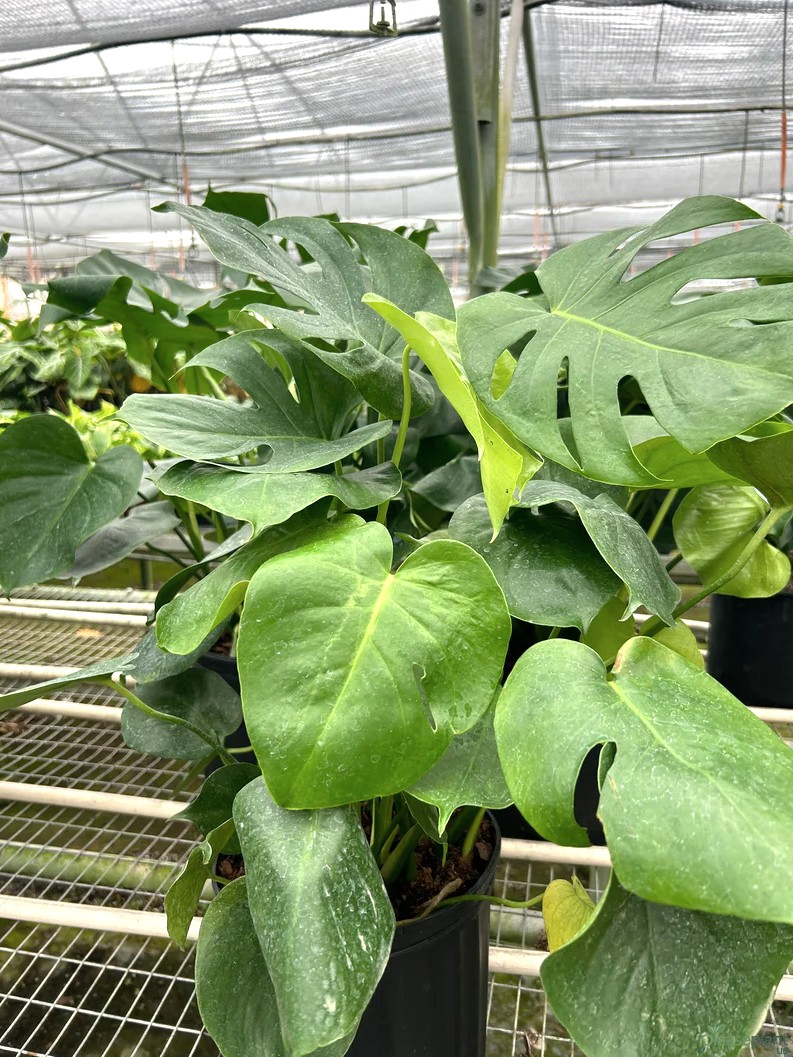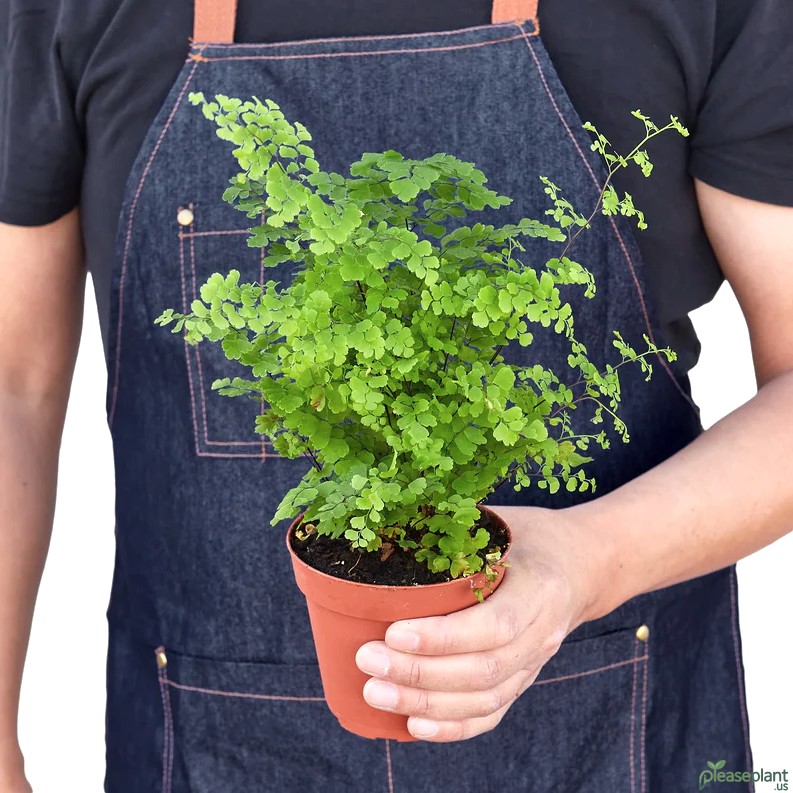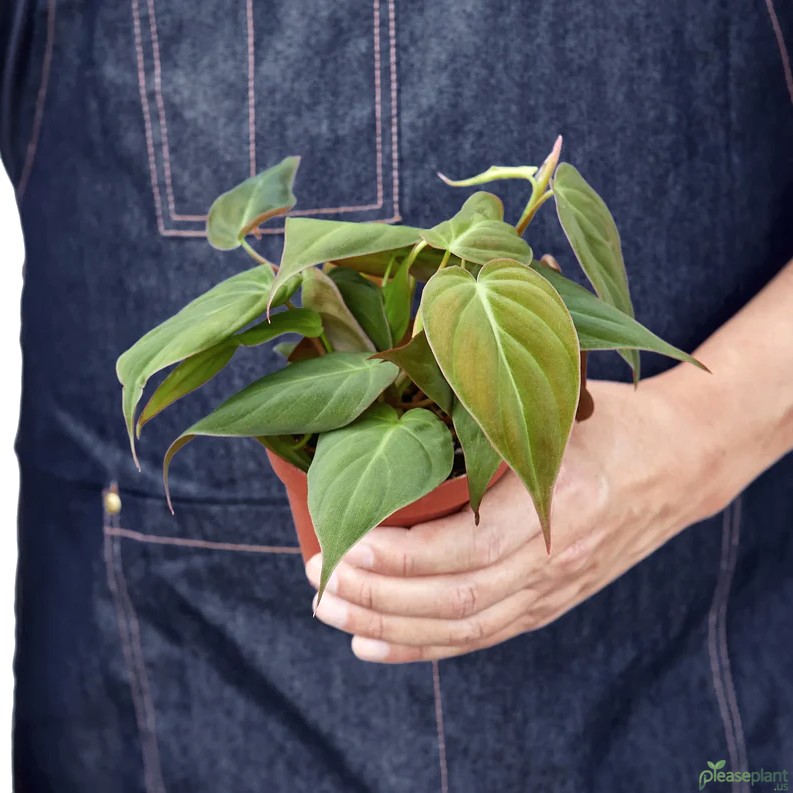Ever wondered if the Monstera Adansonii, also called the Swiss Cheese Plant, is really rare? Well, let me tell you, it’s not as elusive as some say, but there are some quirks and facts you should know before hunting one down. This tropical vine has won the hearts of many plant lovers with its unique perforated leaves, but its availability can sometimes feel like a treasure hunt. From care tips to common myths, here’s what every curious gardener should know.
Let Me Tell You About the Swiss Cheese Plant
The Monstera Adansonii, famously known as the Swiss Cheese Plant, is one of those plants that seem to have a mysterious charm. At first glance, its leaves with holes might make you think it’s some rare exotic gem hidden deep in a jungle. Truth is, it’s a tropical vine native to Central and South America and it’s not exactly a unicorn in the plant world. But why does it feel so special? Well, it has a unique look that’s hard to find in other houseplants, and that’s where the allure begins.
Is Monstera Adansonii Really Rare?
Here's the thing: while the Monstera Adansonii isn’t rare in its natural habitat, its availability in nurseries and plant shops can be a bit patchy. Sometimes you walk into a store and there it is, other times, nada. This inconsistency has led many to talk about it like it’s some rare collector's item. Add to that the plant’s growing popularity on social media, and you get a recipe for a "rare plant" hype.
However, if you keep an eye out and are patient, you’ll find one. Even if you have to order online, it’s not impossible to get your hands on this beauty. So, no, it’s not rare in the strict sense, but it can feel that way especially if you live somewhere with limited plant shops.
What Makes the Swiss Cheese Plant So Popular?
It’s all about those funky leaves! The holes aren’t just a designer touch; they’re a natural adaptation to help the plant withstand strong winds and heavy rain in its jungle home. Plus, the plant grows fast and trails beautifully, making it perfect for shelves or hanging baskets.
From my experience, it’s a joy to grow but don’t expect it to tolerate neglect. It needs moderate light, humidity, and a bit of love to thrive. Overwatering or too much sun can be a quick way to turn those cool leaves yellow and crispy, which is a bummer.
common misconceptions and Care Tips
One big myth is that the Swiss Cheese Plant is super picky and hard to keep alive. Nah, it’s actually pretty forgiving! Sure, it’s not a cactus, but with a few basic care rules, you’ll see it flourish.
Here’s what I do: I keep mine in bright, indirect light – direct sun is a no-no! Watering once a week usually does the trick, but always check the soil first. If it’s soggy, wait a bit. Also, misting the leaves or having a humidifier nearby helps, especially in dry winters when the plant can feel neglected otherwise.
Why the Hype? Is It Worth the Wait?
If you’re looking for something that stands out from your typical pothos or philodendron, the Monstera Adansonii is a sweet pick. It’s not the easiest plant in the world, but its quirks make it a rewarding addition to any collection.
So, while it might not be the rarest plant out there, its charm and unique looks make it a must-have for many. Be prepared for a little patience if you can’t find it right away – but trust me, the wait is worth it!

